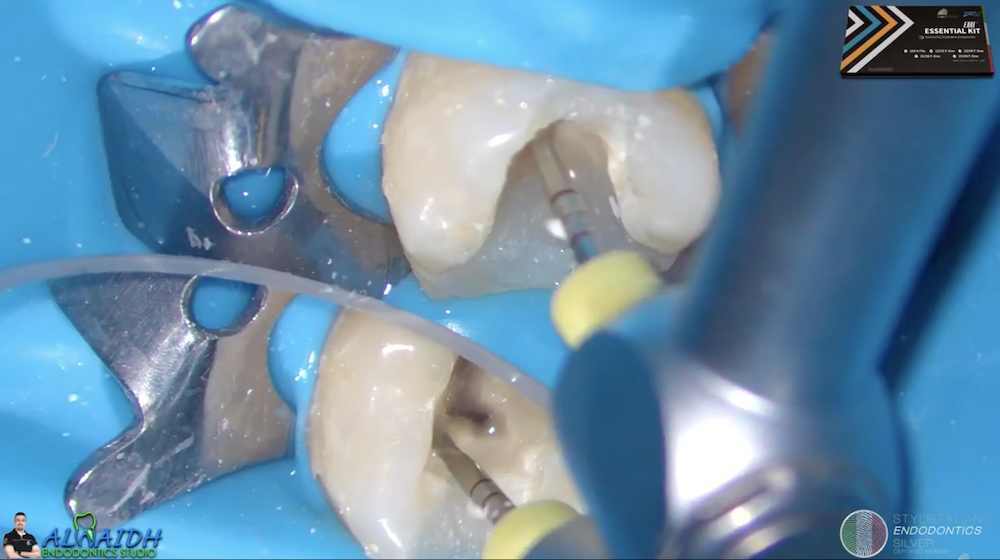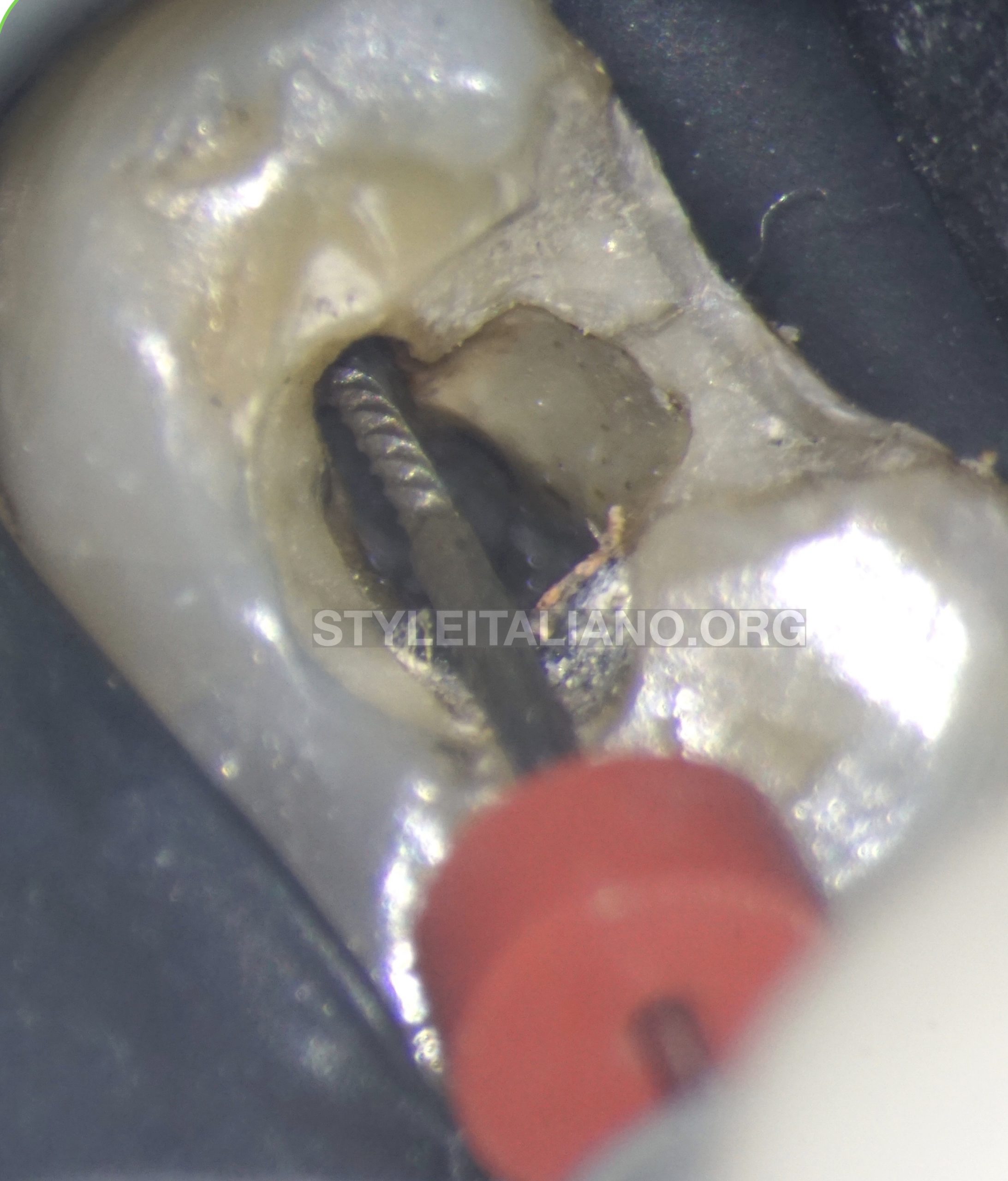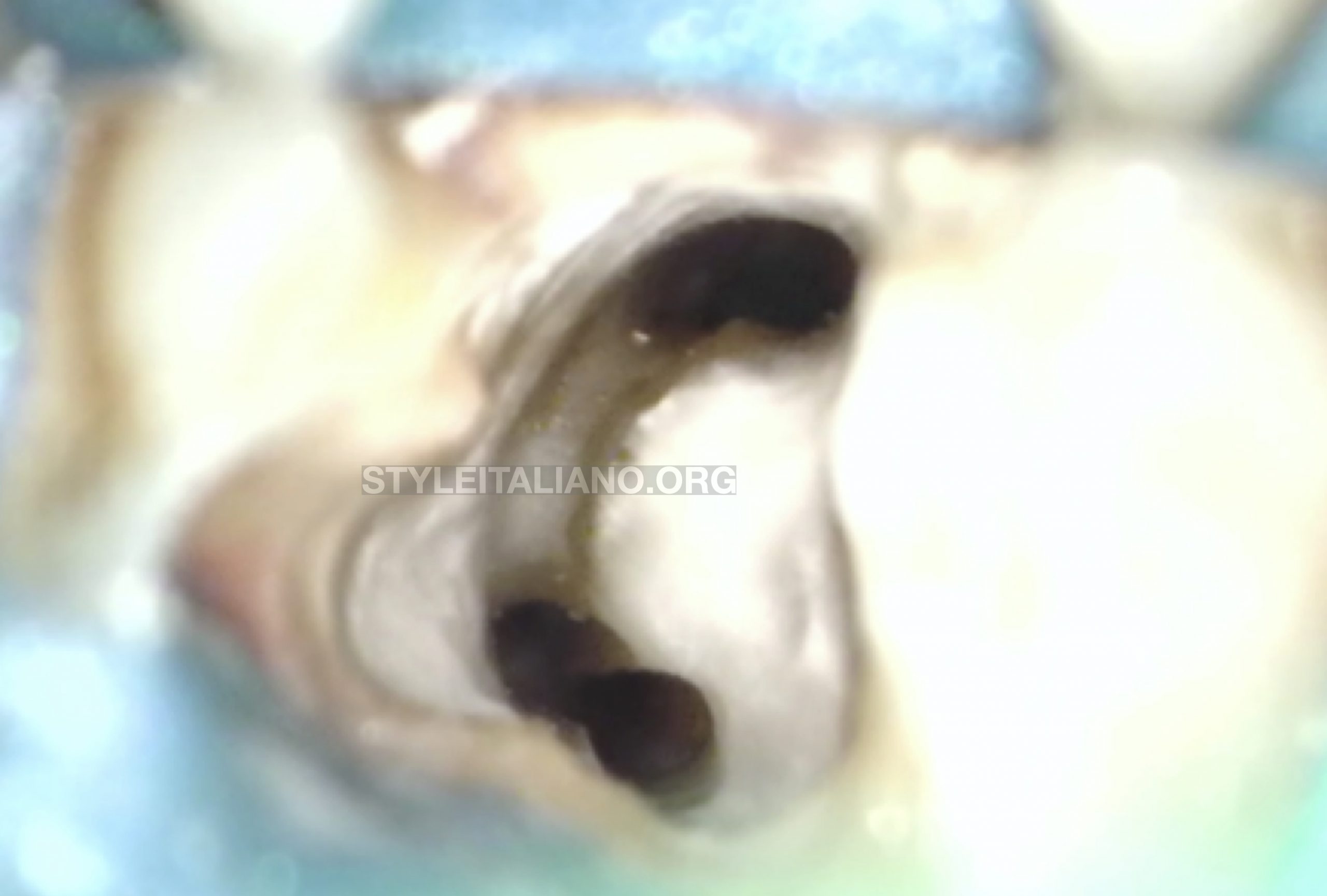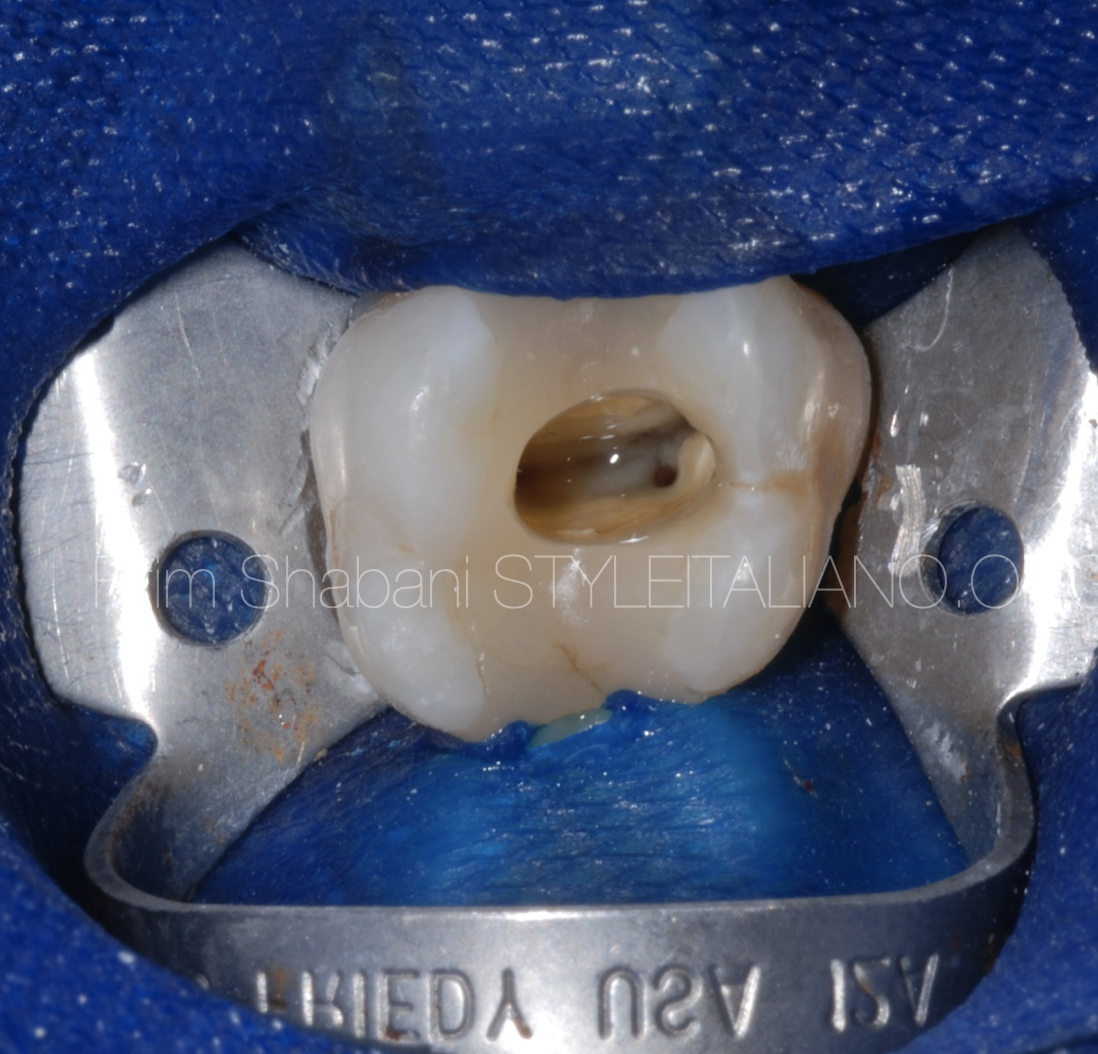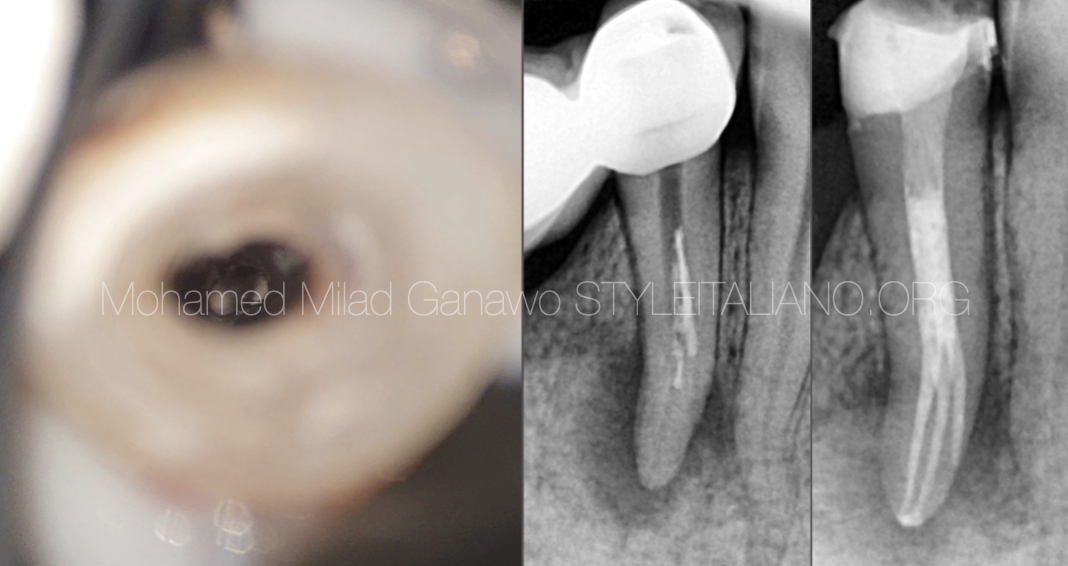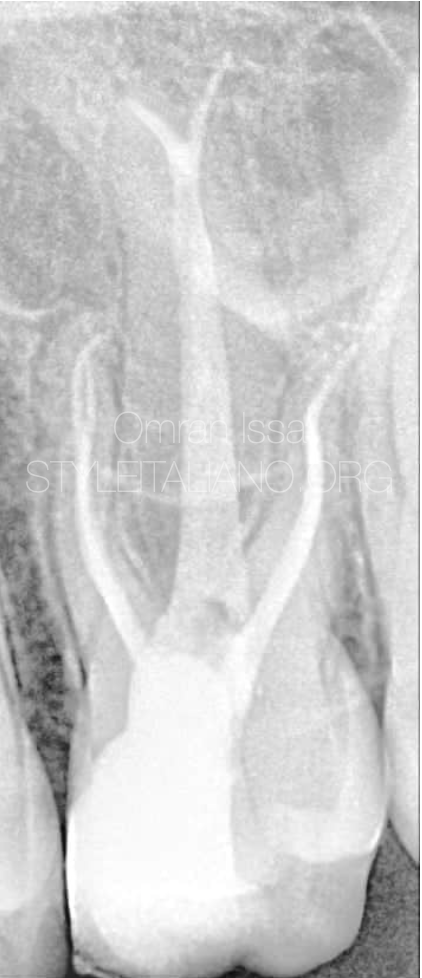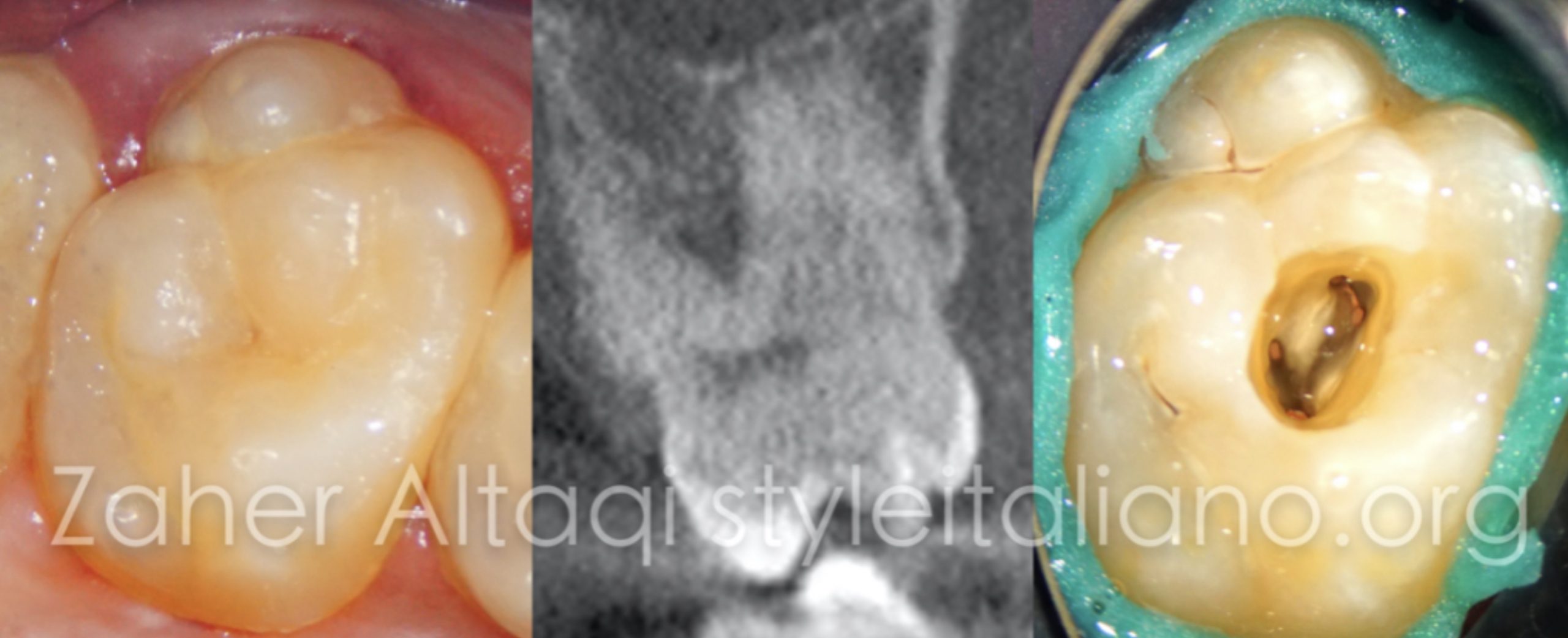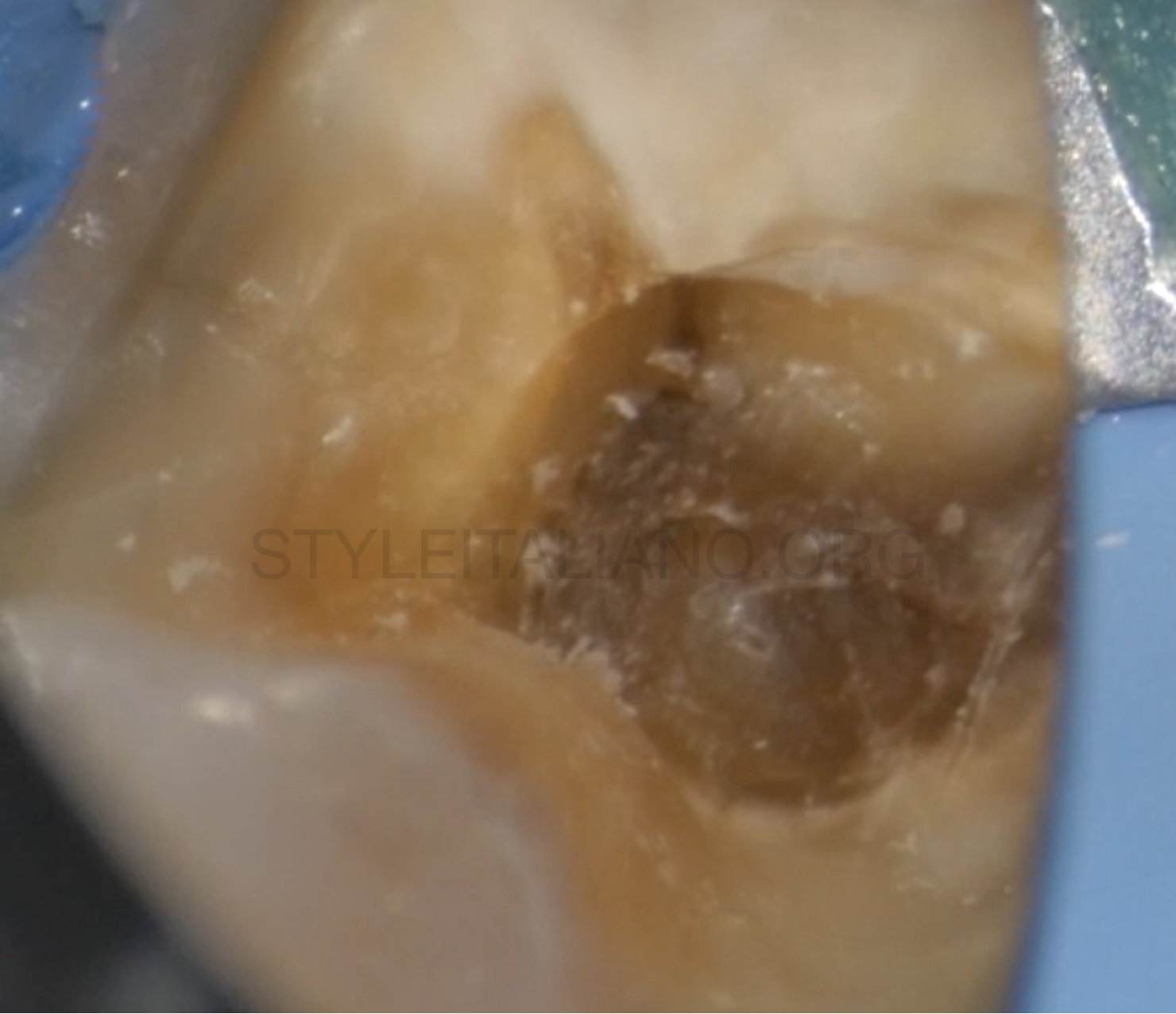Mandibular premolars have been considered to be the most challenging teeth to be treated endodontically, especially when they present with multiple roots or canals. Their propensities for anomalous variations, narrow mesiodistal dimensions and the ensuing narrow access to canals, lack of visibility, and bifurcations and deltas are factors that further compound the difficulty for clinicians. Preoperative […]


